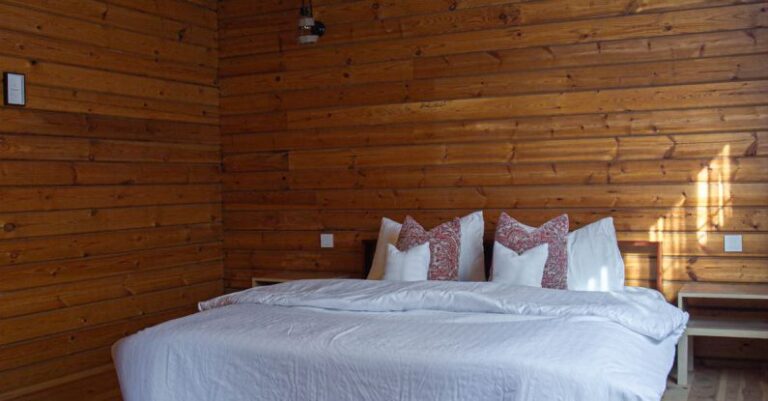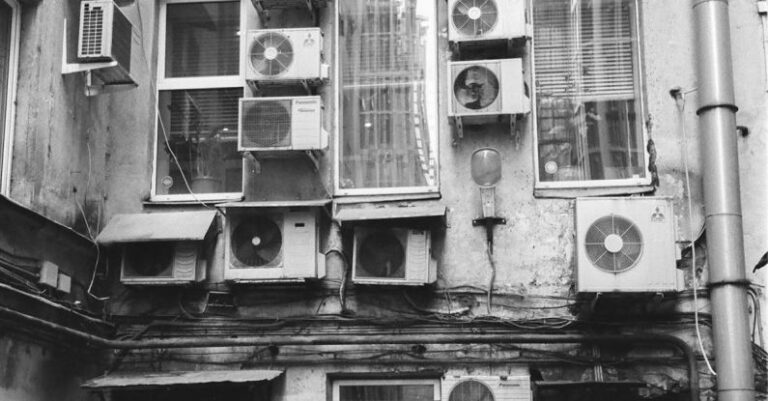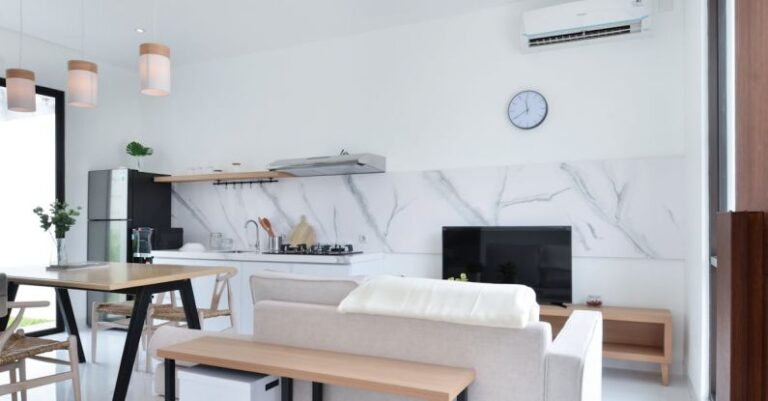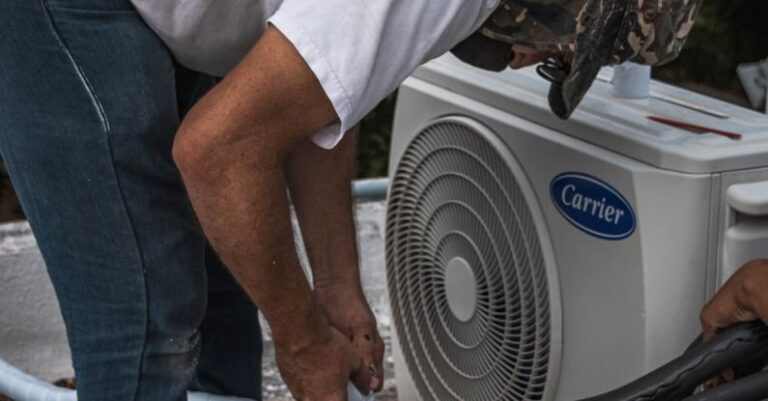
As temperatures rise, keeping our indoor spaces cool can become a challenge. Whether you’re trying to save on energy costs or just want to feel more comfortable, there are several effective ways to reduce heat indoors. By implementing some simple tips and tricks, you can create a cooler and more pleasant environment without relying heavily on air conditioning. Here are some of the best strategies to help you beat the heat inside your home.
Use Light-Blocking Curtains
One of the most effective ways to reduce heat indoors is by using light-blocking curtains. These specialized curtains are designed to block out sunlight, preventing it from heating up your space. By keeping the sun’s rays out, you can significantly lower the temperature inside your home. Opt for curtains with a thermal lining for maximum effectiveness. Close them during the hottest part of the day to keep your rooms cool and comfortable.
Strategically Place Fans
Fans are a cost-effective way to circulate air and create a cooling breeze indoors. By strategically placing fans throughout your home, you can promote air movement and help lower the overall temperature. Place box fans in windows facing outward to push hot air out of your home. Ceiling fans can also be used to create a gentle breeze that makes rooms feel cooler. Remember to adjust the fan settings based on the season, as some fans have a reverse setting that can help distribute warm air in the winter.
Utilize Natural Ventilation
Natural ventilation is a simple yet effective way to reduce heat indoors. Opening windows and doors strategically can help create a cross breeze that allows hot air to escape and cool air to enter. During the cooler hours of the day, such as early morning or late evening, open windows on opposite sides of your home to encourage airflow. Consider using window screens to prevent insects from entering while still allowing fresh air to circulate.
Invest in Insulation
Proper insulation is key to maintaining a comfortable indoor temperature year-round. Good insulation helps keep cool air inside during the summer and warm air inside during the winter. Make sure your home is well-insulated, paying particular attention to areas like attics, walls, and crawl spaces. If needed, consider adding additional insulation to improve your home’s energy efficiency and reduce heat transfer.
Shade Your Windows
Windows are a common source of heat gain in homes. To combat this, consider shading your windows to block out direct sunlight. You can use a variety of methods, such as installing awnings, exterior shades, or planting trees and shrubs outside your windows to provide natural shade. Additionally, applying reflective window film can help reduce heat gain by reflecting sunlight away from your home.
Cook Wisely
Cooking can generate a significant amount of heat in your home, especially when using stovetops and ovens. To minimize heat buildup, try to cook during the cooler parts of the day, such as early morning or late evening. Consider using alternative cooking methods like grilling outdoors or using small appliances like slow cookers and microwaves, which produce less heat. If you do need to use your stove or oven, be sure to use the exhaust fan to remove excess heat and humidity from your kitchen.
Create a Cool Sleep Environment
A restful night’s sleep is essential for overall health and well-being, but high temperatures can make it difficult to get a good night’s rest. To create a cool sleep environment, use lightweight and breathable bedding materials, such as cotton or linen sheets. Consider using a buckwheat or bamboo pillow, which are naturally cool and can help regulate your body temperature. If needed, use a fan or air conditioning unit in your bedroom to maintain a comfortable sleeping temperature.
Conclusion: Beat the Heat with Smart Strategies
Reducing heat indoors doesn’t have to be a challenge. By incorporating these smart strategies into your daily routine, you can create a cooler and more comfortable living space without relying solely on air conditioning. From using light-blocking curtains and strategically placing fans to shading your windows and cooking wisely, there are plenty of ways to beat the heat inside your home. Experiment with different methods to find what works best for you and enjoy a cooler and more enjoyable indoor environment all summer long.





